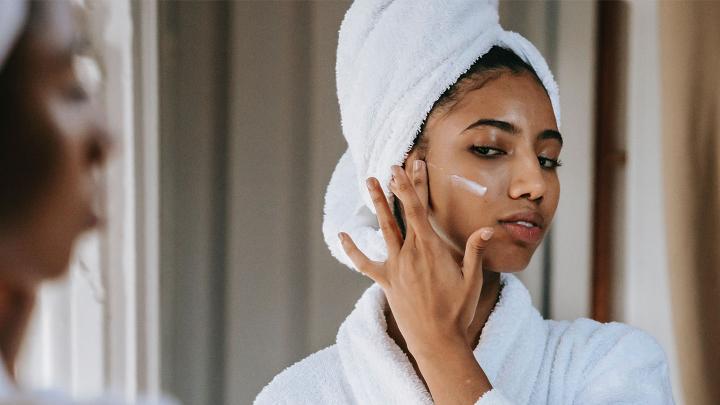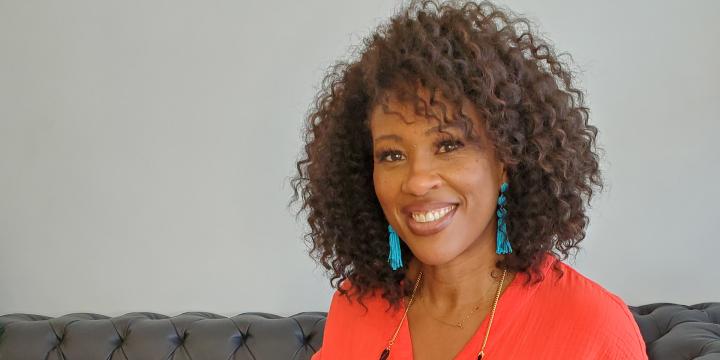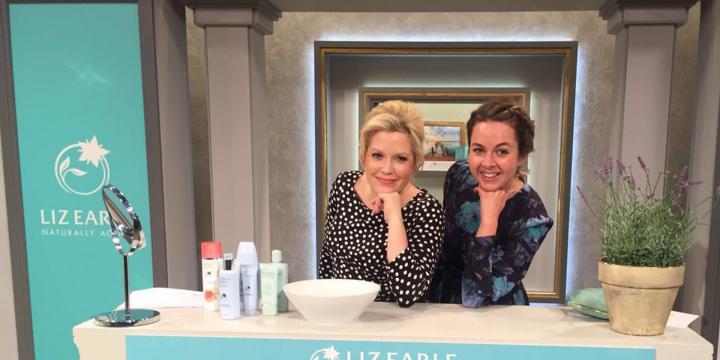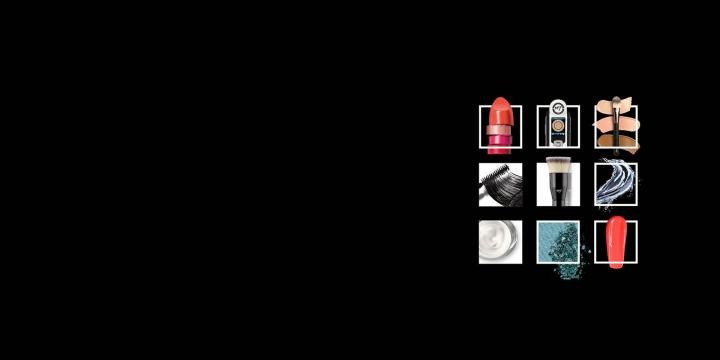Did you buy a new lipstick lately? You’re not alone. The easing of mask mandates and rise in socialization has sparked a shift in which beauty and personal products are popular right now. But these changes aren’t solely limited to the type of cosmetics we’re buying. COVID-19 has altered the beauty landscape for good.
A McKinsey study estimated that businesses accelerated the digitization of their products and operations by three to four years in the first few months of COVID-19. For the beauty industry, where social media is a dominating force in establishing new trends and influencing consumers, this acceleration forced businesses to pivot more quickly than anticipated.
With the advent of social distancing, the tactile nature of testing makeup, applying skincare products and browsing stores had to evolve. Consumers found themselves selecting brands more critically to see who could offer new technologies that mirror the personalized feel of the shopping experience, all while making strides toward sustainability and inclusion.
To speak more on the Walgreens beauty world and industry at large, Lauren Brindley, group vice president of beauty and personal care, shares her insights from the past year and predictions for the future.
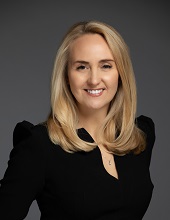 Lauren Brindley: There are some new habits that are going to stay with us post-pandemic. Digital technology has accelerated at a pace that we haven't seen in recent years. The beauty industry and beauty consumer were already entrenched in digital before the pandemic, but with shelter-in-place and working remotely, they went through an accelerated change in terms of integration. As a result, we saw a lot of new innovations.
Lauren Brindley: There are some new habits that are going to stay with us post-pandemic. Digital technology has accelerated at a pace that we haven't seen in recent years. The beauty industry and beauty consumer were already entrenched in digital before the pandemic, but with shelter-in-place and working remotely, they went through an accelerated change in terms of integration. As a result, we saw a lot of new innovations.
We’ve had to think about creating an in-store experience and personalized consultations. These new routines allow us to discover products digitally in a way we didn't before. At Walgreens, we are launching virtual try-ons for cosmetics and hair color online, which is really exciting. You can choose a model from a range of diverse and inclusive options who looks like you. You can try on different combinations of hair color and cosmetics or individual items.
We've also launched curbside pickup and same-day delivery. The consumer expectation in terms of convenience has been massively heightened, and Walgreens is still leading in terms of offering multiple ways to access a product. If you run out of mascara, you can get it in as little as 30 minutes. These are the new rules of convenience.
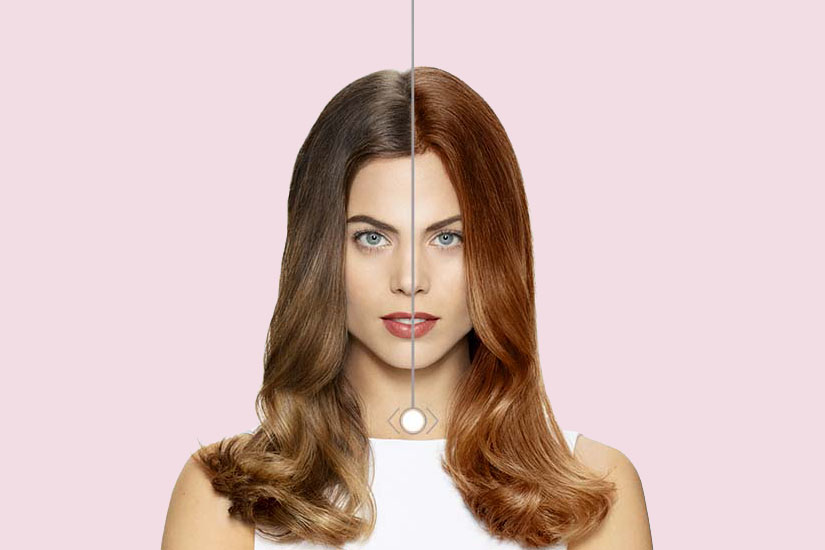
Brindley: Customers are more interested in skincare than they have ever been. It’s been a growing market in the U.S. for the past three years. Customers want products that are transparent in terms of the ingredients. They are looking for products that are healthy for their skin because they are more engaged in not only what they're putting in their body, but what they're putting on their body. They're looking at their beauty routine in terms of hygiene, health and well-being.
We're seeing massive increases in demand for vegan and cruelty-free products and recycled packaging or products that can be reused. There’s a real emergence of the importance of sustainability. That’s another trend from the pandemic – accelerating the idea of a healthy planet. Customers are looking for beauty products that have a sustainability story.
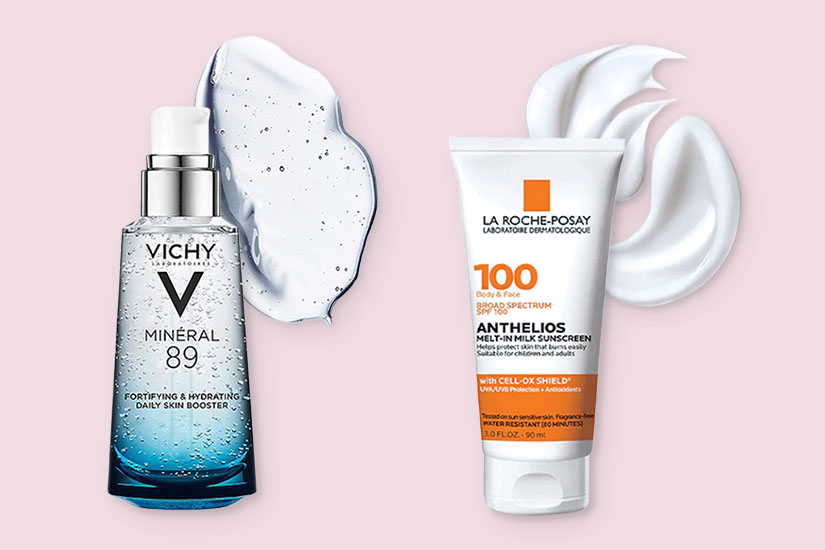
Prior to the pandemic, and as part of the continued elevation of our beauty offerings, we created a new assortment of dermatologically recommended brands like La Roche-Posay, Vichy and Bioderma. These brands helped drive skincare growth during the pandemic. Now the market has changed, and they are still adding incremental growth to the business. It’s not just color cosmetics that are back; skincare is actually growing slightly ahead of cosmetics.
Brindley: From a values standpoint, we've seen that customers want to understand the science in their products and are looking for trusted, safe, healthy and science-backed products. The pandemic has driven people to trusted brands. There’s an element of wanting to find a brand you trust whose beauty products are going to deliver what they say they will deliver. We’ve seen that across skincare and beauty. There’s also a need for individuality. The beauty industry has had to embrace inclusivity and diversity in its products even more broadly.
What I’m really proud of is that Walgreens represents the communities we serve, including offering different products for different skin types, different hair types and different age groups. Our textured haircare business in particular experienced growth during the pandemic, which gave us an opportunity to support the diverse skin and hair needs of our customers with a broader assortment of products – you will see many newly sourced brands in store and online. We are also making sure our beauty consultants are well-trained to be able to support our customers with any need they might have, and are advocates for the range of beauty we offer.
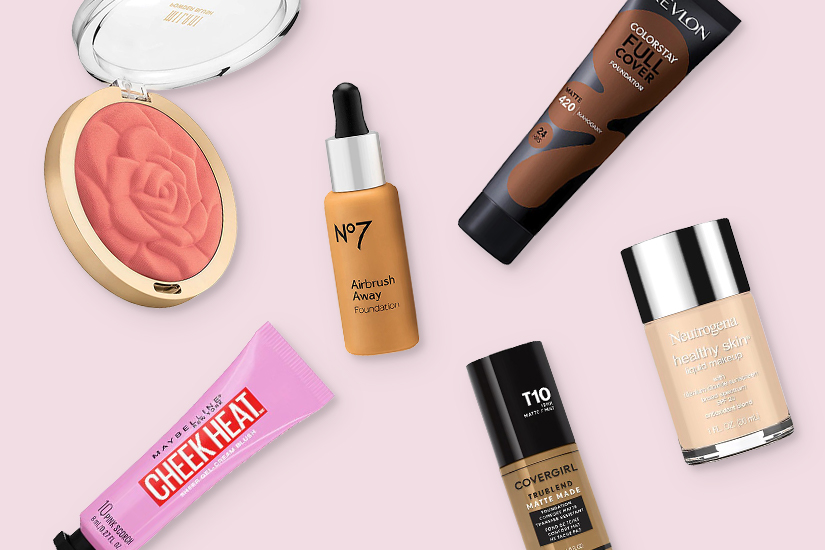
It’s more important now, even than it was going into the pandemic, to ask open-ended questions about what customers are trying to achieve with their skin regime. We will tailor our recommendations based on what you want to achieve, the type of skin you have and the tonality of your skin to make sure we are helping you feel your best self. It's not one size fits all. It's very much about being inclusive, but making sure we find the right solution for you as an individual.

